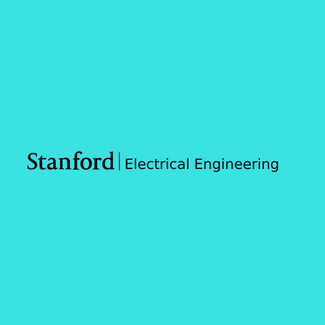
The dynein molecular motor, its exploitation of thermal fluctuations, and non-thermal equilibrium statistical physics
Spilker 232
ABSTRACT: The transport of molecular cargos in neuronal cells is analyzed in the context of new developments in statistical physics. Our development of very bright optical probes enabled the long-term single tracking of molecular cargos. Our probes allowed individual molecular steps to be resolved at cellular ATP concentrations (three orders of magnitude higher than the in vitro studies), and led to a new, detailed quantitatively falsifiable chemo-mechanical model where two ATP molecules are hydrolyzed sequentially. A model of how this motor cleverly uses thermal fluctuations to produce move molecular cargos will be discusses. Finally, this motor is shown to operate with an “effective temperature” T subscript eff as high as T subscript cell = 30x310K, and an intuitive understanding of meaning of T subscript eff will be given.
Biography: Steven Chu is the William R. Kenan, Jr. Professor of Physics, of Molecular and Cellular Physiology, and of Energy Science and Engineering at Stanford University. He received an A.B. degree in mathematics and a B.S. degree in physics from the University of Rochester, and a Ph.D. in physics from the University of California, Berkeley. After a postdoctoral fellowship at Berkeley, he was at Bell Labs as a member of the technical staff in 1978 and then department head in 1983.
From January 2009 to April, 2013, Dr. Chu served as U.S. Secretary of Energy under President Barack Obama. During his tenure, he began several initiatives, including ARPA-E (Advanced Research Projects Agency – Energy), the Energy Innovation Hubs, and the Clean Energy Ministerial meetings. As the first scientist Cabinet member, Chu recruited dozens outstanding scientists and engineers to the Department of Energy, and was personally tasked by President Obama to help stop the BP Oil leak. From 2004-2009, he was the director of the Lawrence Berkeley National Laboratory and Professor of Physics and of Molecular and Cell Biology at the University of California Berkeley. Prior to those positions, he was the Theodore and Francis Geballe Professor of Physics and Applied Physics at Stanford University. During this time, he helped start Bio-X, a multi-disciplinary initiative combining the physical and biological sciences with engineering and medicine.